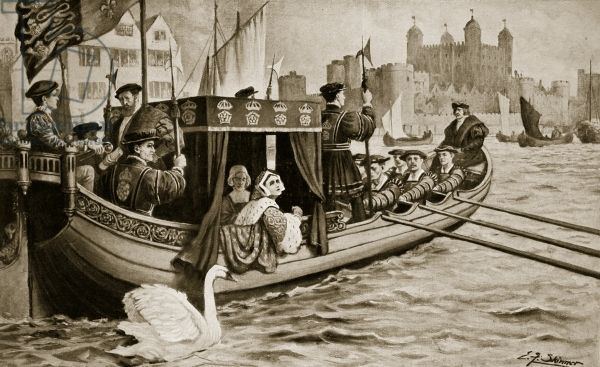Start date November 3, 1492 | ||
 | ||
The Peace of Etaples was signed in Étaples (northern France) between the kings Charles VIII Valois of France and Henry VII Tudor of England on 3 November 1492.
History
The treaty served to end an English invasion of France, launched in order to stop France's support for the pretender Perkin Warbeck. By this treaty, France agreed to expel Warbeck and pay England an indemnity of £159,000. The treaty was ratified in December.
The terms of the treaty included the English accepting French control of Brittany, the French withdrawing their support for Warbeck and a war indemnity of 742,000 crowns, payable at 50,000 crowns per annum. This increased Henry VII's income by at least half.
The treaty could be interpreted as a spectacular success, an English military incursion had forced the French to sue for peace, presenting it as 'the English are great again'. French abandonment of support for Warbeck removed one of Henry VII's key enemies. On the other hand, Henry VII had abandoned the Bretons and went back on the Treaty of Redon. However, this had already happened in 1491, and the benefits seemed to outweigh the costs. He did this whilst maintaining the Treaty of Medina del Campo (1489) with Spain so was therefore not too bothered of the loss of Britany as a trading partner since the Medina del Campo enabled Henry VII to gain a healthy income.
After 1492 a rapprochement between England and France occurred. This improvement continued until the end of Henry VII's reign.
